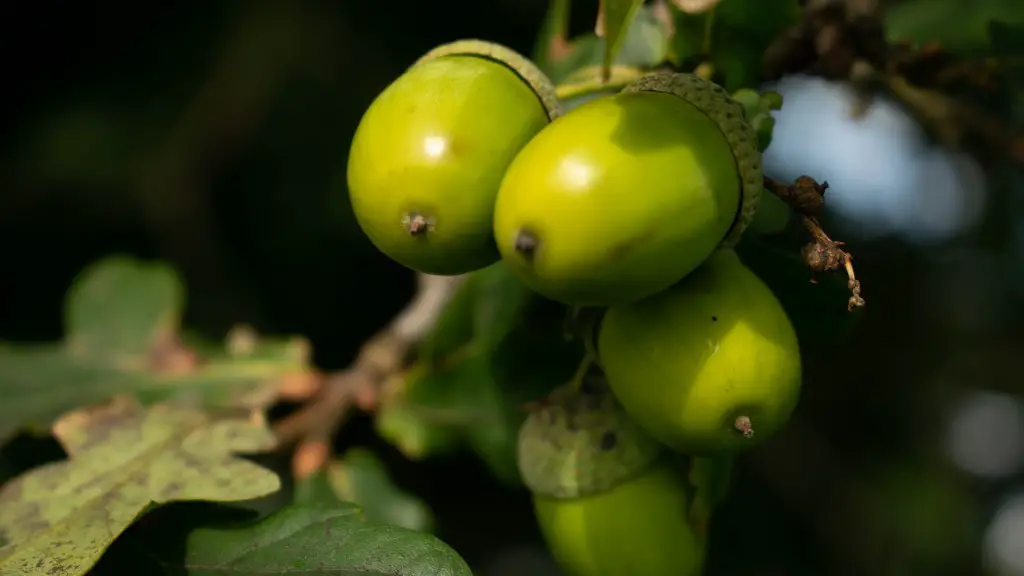Location
Cherry blossom trees prefer a temperate climate, where the winter is cold and the summer is relatively mild. Planting in an area that receives full sunshine is best, as cherry blossom trees require a minimum of six hours of direct sunlight a day to remain healthy and bloom.
The tree’s roots need good soil drainage and plenty of oxygen, which means avoiding heavy clay soils and poor draining areas. Sandy loams are ideal, as the tree can easily draw in necessary nutrients and moisture. If you have acidic soil, then the addition of fertilizer and lime can enhance the tree’s growth and development.
Watering
Once planted, cherry blossom trees need consistent watering for the first two or three years. A constant moisture supply will help them in their process of establishing a full root system. Once the tree is established, then you can water less often. Typically, about one inch of water a week is sufficient, but reference your local Extension Office for specific advice.
Ensuring that the soil is evenly moist and allocating plenty of water during the flowering months is essential for a strong flowering season. To maximize blossoms and flushes, avoid wetting the tree’s trunk and focus on providing soil moisture.
Fertilizer
Although cherry blossom trees will prefer a slightly acidic soil, as previously discussed, they still need adequate levels of nutrients. During the growing season, applying a 14-17-17 fertilizer designed for fruit trees can greatly benefit and encourage flowering, in addition to providing some essential nutrients essential for growth.
Apply the fertilizer once during the spring and then again come autumn when trees enter into their dormant period. Reference your local Extension Office for advice and instructions on applying fertilizer, as levels of nitrogen and potassium will vary between different types of soil, climate and the age of the tree.
Pruning
While cherry blossom trees rarely need pruning, pruning should be performed to achieve a desired shape or size, or if there are broken or dead branches. If needed, prune cherry blossom trees in the early spring before new buds have formed. Never prune dead or damaged branches midsummer, as this situation will leave the tree exposed to disease and pest problems.
It’s best left to professional arborists, but if you decide to prune yourself, it’s important to take your time. Take the necessary steps to reduce the risk of damaging the tree, and be sure to use sharp pruning shears or saws for clean cuts.
Mulching
Mulching is a great way to keep your cherry blossom tree healthy and optimise its growth. Not only does it prevent weeds from stealing vital nutrients and moisture, but it also preserves the soil’s temperature and encouraging soil organisms.
Organic mulches are best, such as bark, straw or pine needles. While inorganic mulches can generally last longer, the fertilizing properties of organic mulches contribute to the soils fertility.
Disease and Pest Control
Cherry blossom trees are subject to a range of diseases and pests, such as Japanese beetles, powdery mildew and leaf spot. It’s important to keep your trees healthy and strong, as weak trees are far more susceptible to diseases and pests.
If you find a pest infestation or detect any signs of diseases, then contact your local Extension Office for help. They can provide suitable solutions to eradicate the problem and prevent possible future damage.
Protection
The cold climate of winter is the only problem to growing cherry blossom trees. Although baby cherry blossom trees can withstand temperatures as low as -20 degrees Fahrenheit, mature trees are much less resistant to extremely cold temperatures. The ideal temperature should remain above 8 degrees Fahrenheit throughout the winter.
To protect your cherry blossom tree from the cold, consider wrapping it with burlap around the trunk and branches to guard against frost and freezing winds.
Conclusion
Growing cherry blossom trees can be easy, as long as you select the right location, provide consistent watering and mulching, and protect the tree during the winter months. If you provide your tree with ample care and nutrition, you can look forward to a strong blooming season come spring.

